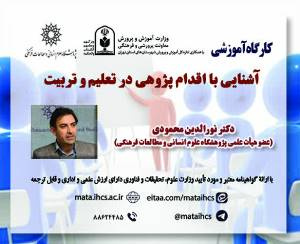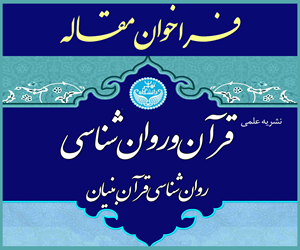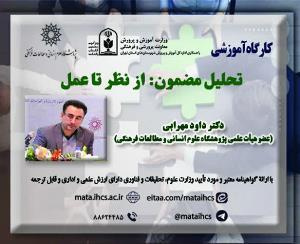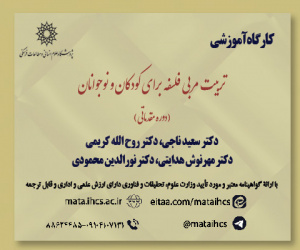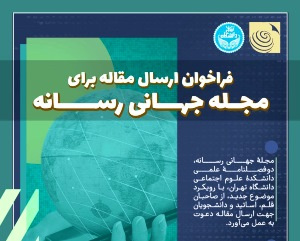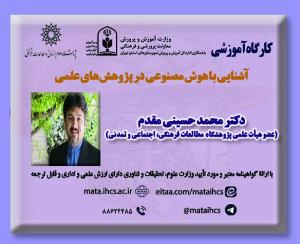ایران نزد غیر ایرانیان: تجربه دانشجویان غیر ایرانی دانشگاه فردوسی مشهد (مقاله علمی وزارت علوم)
درجه علمی: نشریه علمی (وزارت علوم)
آرشیو
چکیده
گسترش جذب دانشجویان غیرایرانی طی سال های اخیر، به افزایش تعاملات خارجی ایرانیان منجر شده است. تحقیق در باب تجربیات و ادراک دانشجویان غیرایرانی می تواند به خودآگاهی بیشتر ایرانیان منجر شود. به عنوان گامی ابتدایی، مقاله ی حاضر بر آن است تا تجربه و ادراک برخی از دانشجویان غیرایرانی محصل در ایران از ایران را گزارش کند. روش تحقیق حاضر، روش مردم نگاری است و تکنیک مصاحبه در گردآوری و تکنیک کدگذاری های مرحله ای در تحلیل داده ها مورد استفاده بوده است. داده ها، عمدتاً حاصل مصاحبه با 29 دانشجوی غیرایرانی دانشگاه فردوسی مشهد در تابستان 1395 است. نتیجه استخراج پیام های موجود در مصاحبه ها و تخصیص مفاهیم اولیه به آن ها، حدود 200 مفهوم اولیه و 7 مقوله ی عمده است. با الهام از گورویچ مقولات عمده ، اکولوژی و مورفولوژی، پوشش و ظاهر، تعامل، هنجارهای اجتماعی، اخلاقیات و ارزش های اجتماعی و «کمبودها»، تعیین شدند. دانشجویان مشاهداتی داشتند و استنباط هایی انجام دادند و هرچه موضوعی بیشتر مشاهده شدنی بود یا استنباطش ساده تر و در دسترس تر بود بیشتر گزارش شد.Iran in the perspective of non-Iranians The experience of non-Iranian students of Ferdowsi University of Mashhad
The expansion of the recruitment of non-Iranian students in recent years has led to an increase in foreign interactions with Iranians. Research on the experiences and perceptions of non-Iranian students can lead to more self-awareness of Iranians. As a preliminary step, this article aims to report the experience and perception of some non-Iranian students studying in Iran. The method of current research is ethnography and the interview technique was used in data collection and the step-by-step coding technique was used in data analysis. The data is mainly the result of interviews with 28 non-Iranian students of Ferdowsi University of Mashhad in the summer of 2015. The result of extracting the messages in the interviews and assigning basic concepts to them is about 200 basic concepts and 7 major categories. Inspired by Gurvitch, major categories, ecology and morphology, clothing and appearance, interaction, social norms, morals and social values, and "deficiencies" were determined. Students made observations and made inferences, and the more observable a topic was, or the simpler and more accessible the inference was, the more it was reported.
